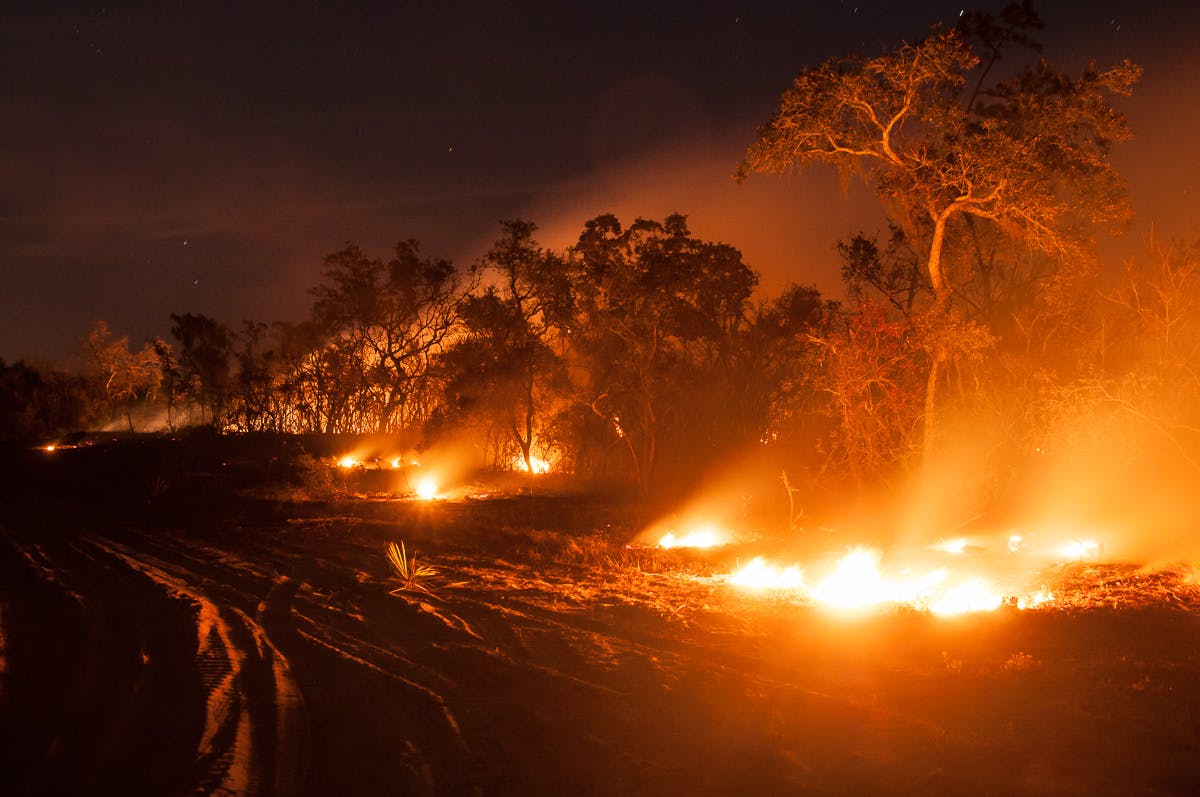
A HOT TOPIC
Putting fire on the ground
Before human settlement, Florida was a landscape molded by fire. In fact, wildfire was a critical natural part of nearly all Floridian habitats.
Lightning-ignited fires burned across vast areas, stopped only by rainfall, rivers, lakes, or other natural barriers. Fires were frequent where fuels accumulated rapidly, such as in prairies, flatwoods, and sandhills. Other habitats, such as oak scrub and scrubby flatwoods, burned less often, acting as fire breaks until the right mix of weather and accumulated fuel loads allowed them to burn again.
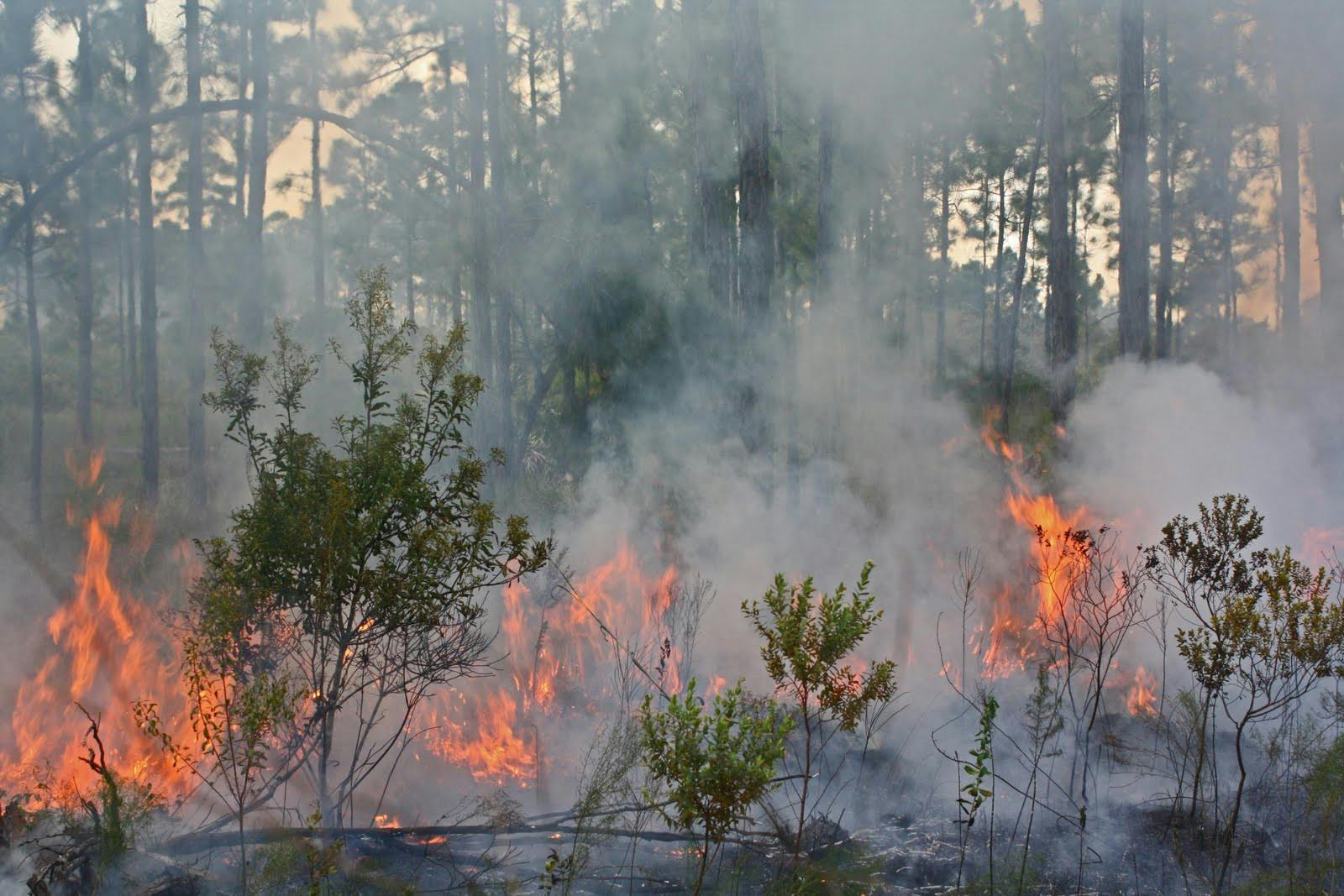
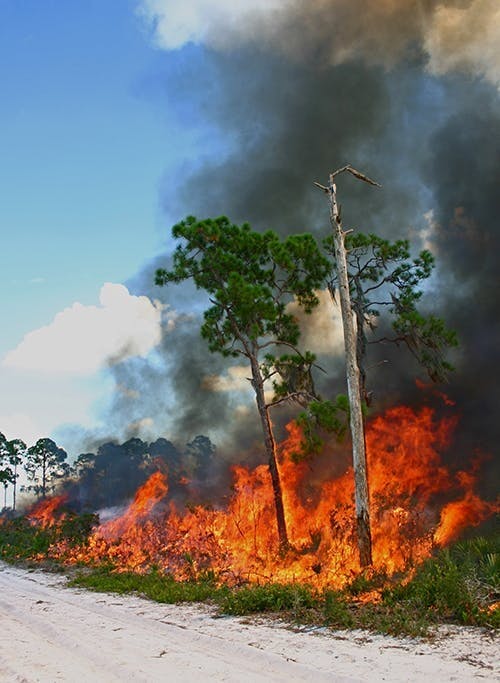
Today lightning still strikes, but cities, suburbs, roads, highways, and intensive agriculture hinder the start and spread of fire. Remaining natural areas are no longer frequently burned; without fire, Floridian habitats are greatly diminished, so much so that they cannot support many native species. In addition, buildup of unburnt fuels risks larger, more intense and harder-to-control wildfires.
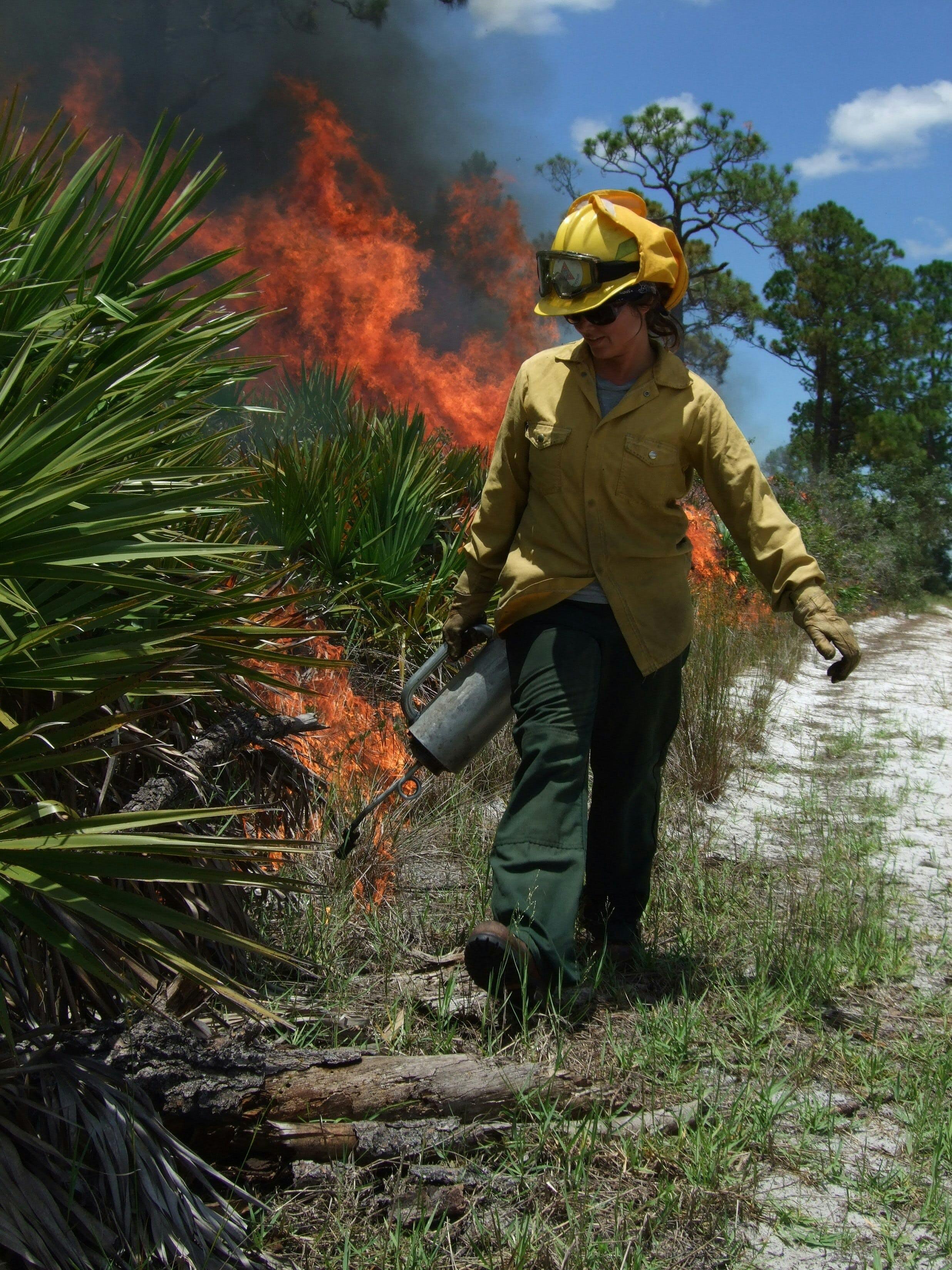
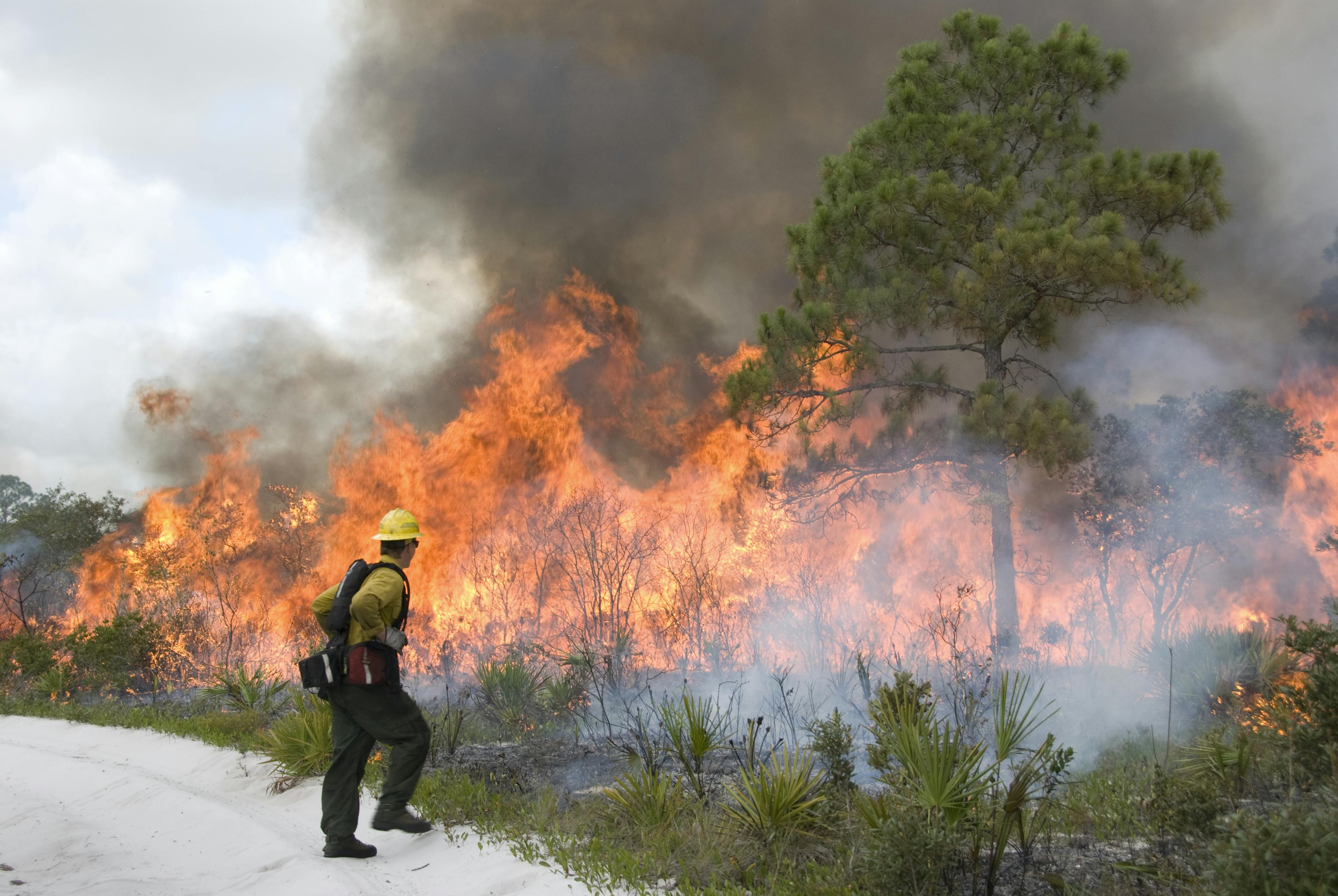

Since 1977, Archbold has implemented a prescribed fire program to restore near-natural fire regimes and provide a template for studying the ecology of natural and altered fire regimes. Through coordination among land management and science staff, we plan and execute burns on different fire return intervals for various types of Florida scrub, flatwoods, grasslands, and wetland habitats.

Mapping the fire
Our data and technology staff map burned areas and fire severities immediately after each burn enabling careful study of the variability in fire effects on plants, soil, water, and wildlife. Our datasets are among the world's most complete for studying the ecology of fire and our scientists have led the way in understanding demographic and habitat implications of fire management for rare species and ecosystems.




Details of Archbold's fire management for scrub and flatwoods habitats are available in the Station Fire Management Plan. An evaluation of progress toward our goals was published in 2017.
